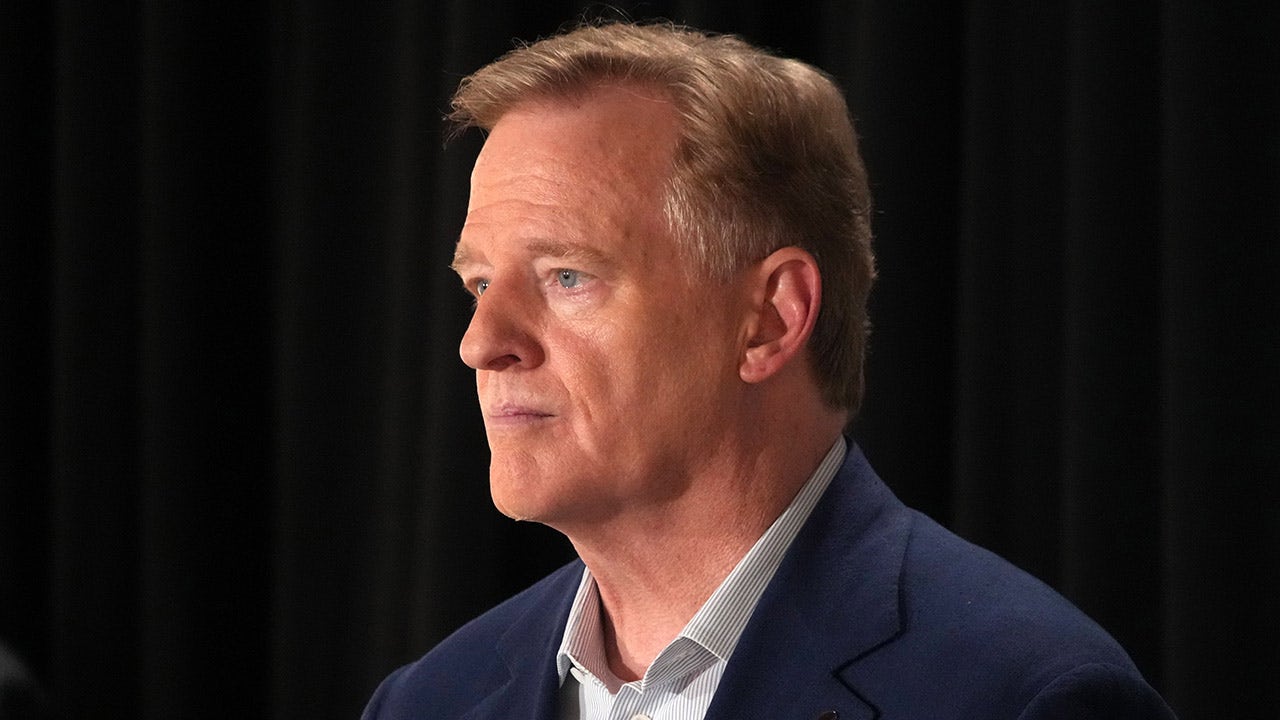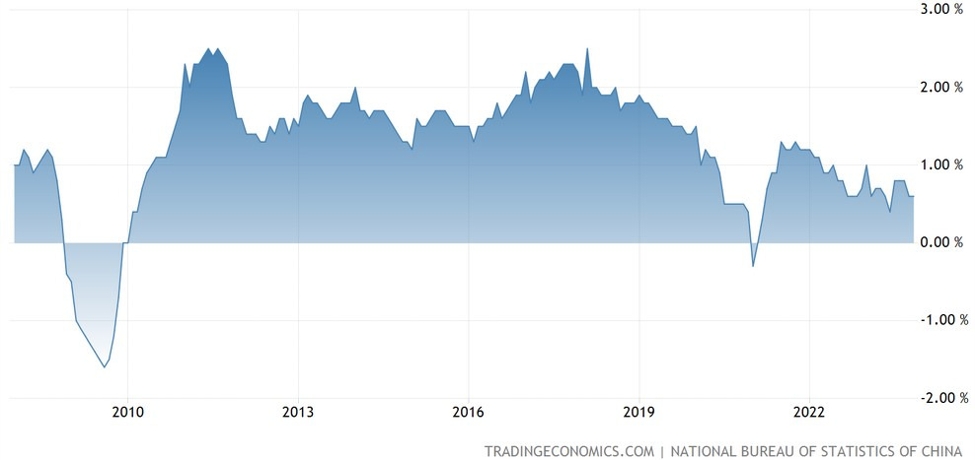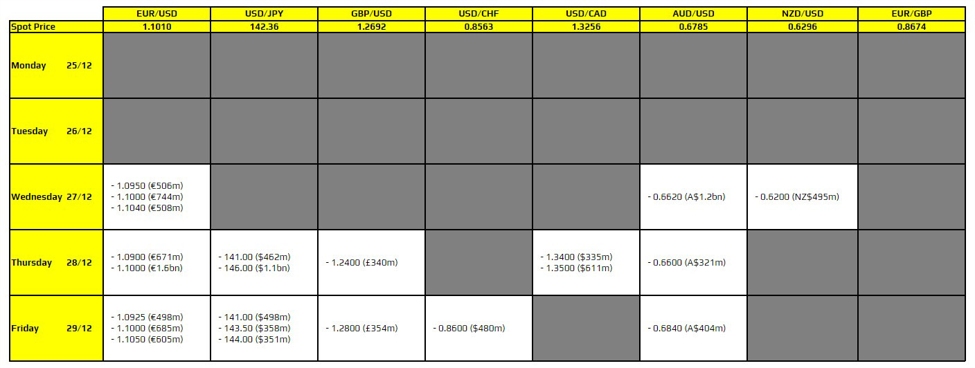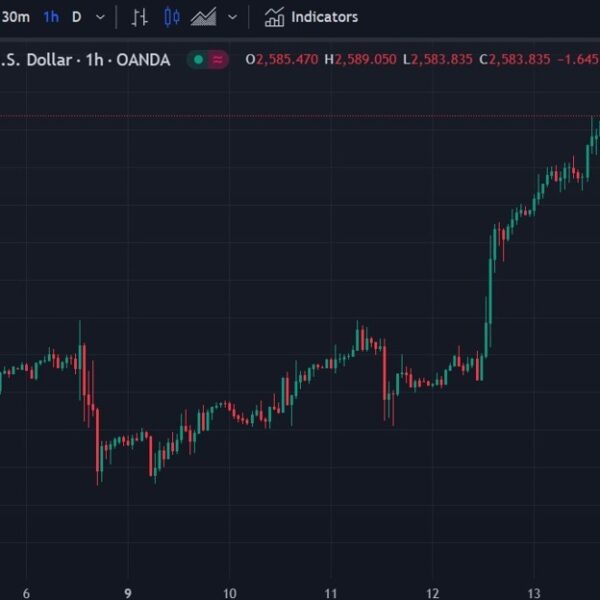In the European session, the highlights include the Swiss Retail Sales, the French CPI and the German inflation figures. The data shouldn’t change anything for the SNB or ECB. In the case of the ECB, the market continues to trim bets on a rate cut before year-end as policymakers sound reluctant to cut further without significant negative data.
In the American session, we have the Canadian GDP, the US PCE price index, the US ECI and the US Jobless Claims data. The Canadian GDP shouldn’t be market moving as the BoC is in a long pause and likely waiting for a trade deal between US and Canada before adjusting rates further. They mentioned that the pickup in inflation has gotten their attention, so they will be more careful with rate cuts. The market meanwhile is assigning just a 50% chance of another cut by year-end.
The US data is going to be important (especially tomorrow’s NFP). Fed Chair Powell didn’t open a door for a rate cut in September as was expected and dodged all the questions by saying that they would look at the totality of the data to decide what to do next. He put a lot of emphasis on the fact that we will get two NFP and CPI reports before the next meeting, so those will be the ones that will either give the green light for a cut in September or force them to wait for longer.
Nonetheless, the market will price and reprice expectations based also on other data and certainly won’t wait for the totality of the data before placing its bets. The US PCE price index Y/Y is expected at 2.5% and the Core PCE Y/Y at 2.7%. This should be the least important release of the three we get today because it can be forecasted reliably based on the CPI and PPI data released earlier in the month. So, there shouldn’t be any surprise (although always worth watching).
The US Employment Cost Index for Q2 is expected at 0.8%. The Fed watches this data carefully because it’s the most comprehensive report on wage growth. The only drawback is that it’s quarterly data, so it lags economic developments and therefore it’s less market moving and important for the market than Average Hourly Earnings.
Finally, we have the US Jobless Claims. After the expected jump in the first weeks of summer, initial claims returned to cycle lows while continuing claims continued to hover around cycle highs. The data has been telling us that this is a “low firing, low hiring” labour market, which is very understandable given the uncertainty caused by tariffs. That uncertainty dimished substantially and in the next months we will see if things pick up or we get a sudden deterioration. Initial Claims are expected at 224K vs 217K prior, while Continuing Claims are seen at 1955K vs 1955K prior.
This article was written by Giuseppe Dellamotta at investinglive.com.















